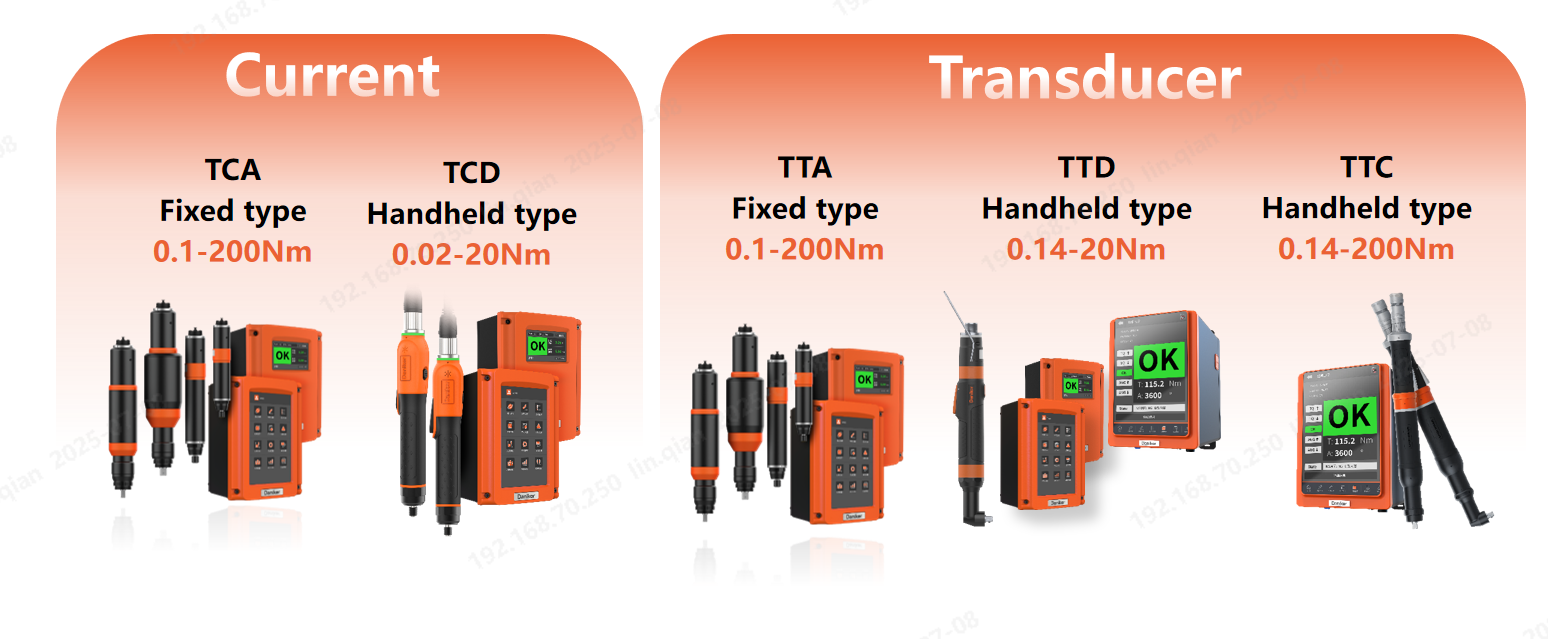In the process of bolted connections, the application of adhesive coating is not only an effective means to enhance connection performance but also a crucial measure to ensure the long-term stable operation of equipment. By applying adhesive, the sealing performance of bolted connections is significantly improved, effectively preventing the leakage of liquids or gases. It also enhances the anti-loosening and anti-corrosion properties, thereby extending the service life of the equipment. Therefore, the tightening quality of adhesive-coated screws needs to be finely controlled at several key stages to ensure the reliability and consistency of the process.
1. Operation Time Window After Adhesive Application
The operation time window after applying adhesive is a critical factor affecting tightening quality. The thread adhesive needs to be tightened within a certain time after application, typically recommended to be completed within 3 to 5 minutes. Within this time frame, the adhesive's viscosity and fluidity are in an optimal state, allowing it to fully fill the tiny gaps between threads and form a uniform and dense seal. If the tightening time is too short, the adhesive may not have fully penetrated; if the time is too long, the adhesive may begin to cure, leading to suboptimal sealing effects. Therefore, operators must strictly follow the process requirements and complete the tightening operation within the specified time to ensure that the adhesive can fully exert its sealing and anti-loosening functions.
2. Torque Control
Control of tightening torque is another key factor in ensuring the quality of adhesive-coated screw connections. Excessive torque can cause adhesive overflow, affecting the sealing effect; while insufficient torque may result in an insecure connection, reducing anti-loosening capabilities. To accurately control torque, it is recommended to use an intelligent electric screwdriver and implement a multi-step tightening strategy. Specifically, the target torque can be divided into three stages: 60%, 80%, and 100%. In the first stage, apply 60% of the torque to allow the adhesive to initially fill the thread gaps; in the second stage, apply 80% of the torque to further compact the adhesive and ensure even distribution; in the third stage, apply 100% of the torque to meet the tightening requirements. This progressive tightening method not only prevents adhesive overflow but also effectively avoids a decrease in sealing performance or connection loosening due to stress concentration.

3. Environmental Conditions
The temperature and humidity of the operating environment can also significantly impact the tightening quality of adhesive-coated screws. The curing speed and performance of thread adhesive are highly influenced by environmental temperature and humidity. In environments with high temperatures or high humidity, the adhesive may cure too quickly, shortening the operation time window; whereas in low-temperature or low-humidity environments, the adhesive may cure slowly, affecting connection strength. Therefore, in actual operations, it is necessary to select appropriate temperature and humidity conditions based on the product instructions of the thread adhesive and take environmental control measures when necessary to ensure the adhesive cures as expected.
4. Surface Cleaning
Surface cleaning of the threads before applying adhesive is equally important. Oil, dust, or other impurities on the thread surface can affect the bonding strength between the adhesive and the metal surface, thereby reducing the sealing effect and anti-loosening capabilities. Therefore, it is recommended to clean the thread surface with appropriate cleaning agents or tools before applying adhesive to ensure the surface is clean. Using a screw feeder with cleaning capabilities can also help deliver clean screws. A clean thread surface can form a stronger bond with the adhesive, thereby enhancing the overall performance of the connection.
Summary
Ensuring the tightening quality of adhesive-coated screws requires comprehensive control from multiple aspects. By strictly controlling the operation time after adhesive application, controlling tightening torque, reasonably adjusting environmental temperature and humidity, and cleaning the thread surface, the sealing, anti-loosening, and anti-corrosion properties of bolted connections can be effectively enhanced. These meticulous process controls and scientific operating methods not only ensure the connection quality of adhesive-coated screws but also provide a reliable guarantee for the long-term stable operation of equipment. In actual applications, operators need to flexibly adjust operating parameters according to specific working conditions and process requirements to achieve the desired connection effects.









